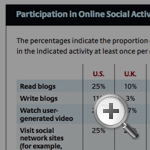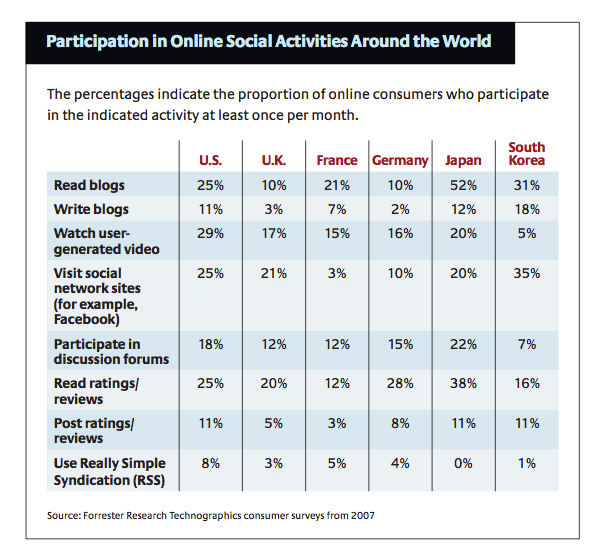Harnessing the Power of the Oh-So-Social Web
People are connecting with one another in increasing numbers, thanks to blogs, social networking sites like MySpace and countless communities across the Web. Some companies are learning to turn this growing groundswell to their advantage.
Topics
Social Business
Companies are used to being in control. They typically design products, services and marketing messages based on their own particular view of what people want. Keeping up with customers has meant conducting research on their needs and test marketing new products and services. Because the balance of power has favored large corporations with a lock on manufacturing, advertising, distribution and other operations, the term “customercentric” was mostly just a buzzword.
Now, though, many customers are no longer cooperating. Empowered by online social technologies such as blogs, social networking sites like MySpace, user-generated content sites like YouTube and countless communities across the Web, customers are now connecting with and drawing power from one other. They’re defining their own perspective on companies and brands, a view that’s often at odds with the image a company wants to project. This groundswell of people using technologies to get the things they need from one another, rather than from companies, is now tilting the balance of power from company to customer.
To understand the dramatic implications of this shift, consider what happened in 2006 when Brian Finkelstein, a law student, was having trouble with the cable modem in his home. A repairman from Comcast Cable Communications Inc. arrived to fix the problem, but when the technician had to call the home office for a key piece of information, he was put on hold for so long that he fell asleep on Finkelstein’s couch. Outraged and frustrated, Finkelstein made a video of the sleeping technician and posted it on YouTube. The clip became a hit, with more than one million viewings, and to this day the image continues to undermine Comcast’s attempts to improve its reputation for customer service.
Comcast is not alone. Another popular YouTube clip contains dialogue between a customer trying to cancel his subscription and America Online. What should have been a simple conversation becomes a battle as the AOL service representative stubbornly persists in trying to retain the customer, sorely trying his patience. Finally, the customer says, “I don’t know how to make this any clearer for you: Cancel the account. When I say ‘cancel the account,’ I don’t mean help me figure out how to keep it. I mean cancel the account.&



Comments (5)
Paddu G
Phill Barufkin
Daniel Roberts
Phill Brufkin
connectme